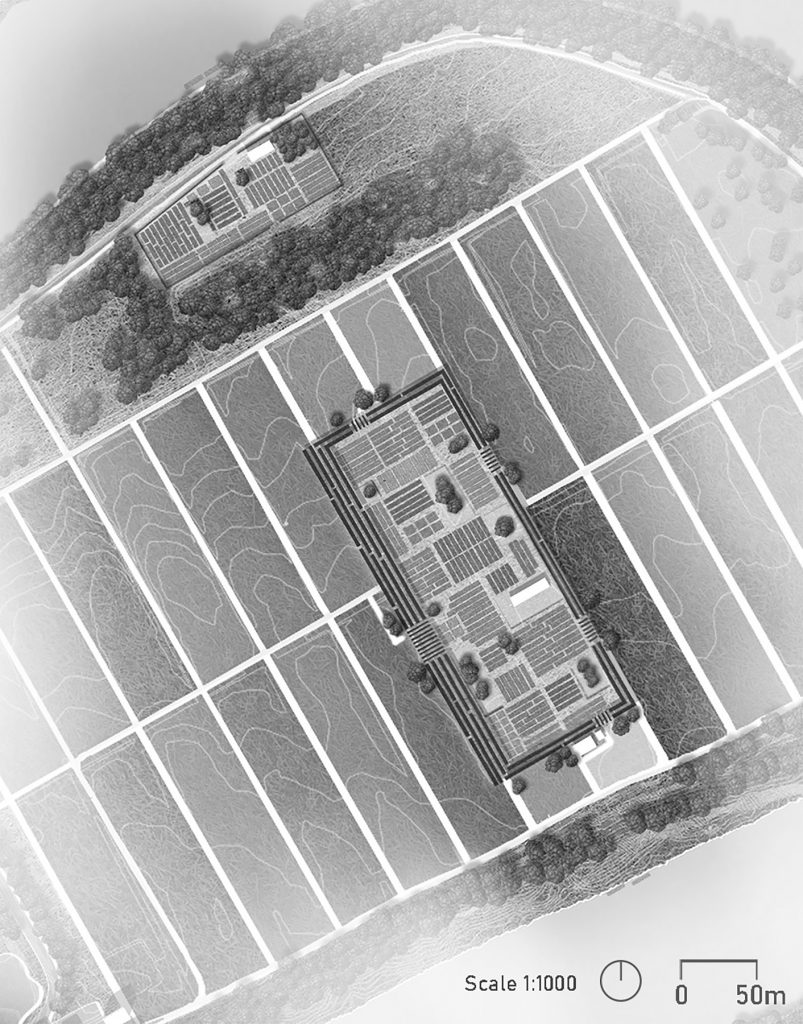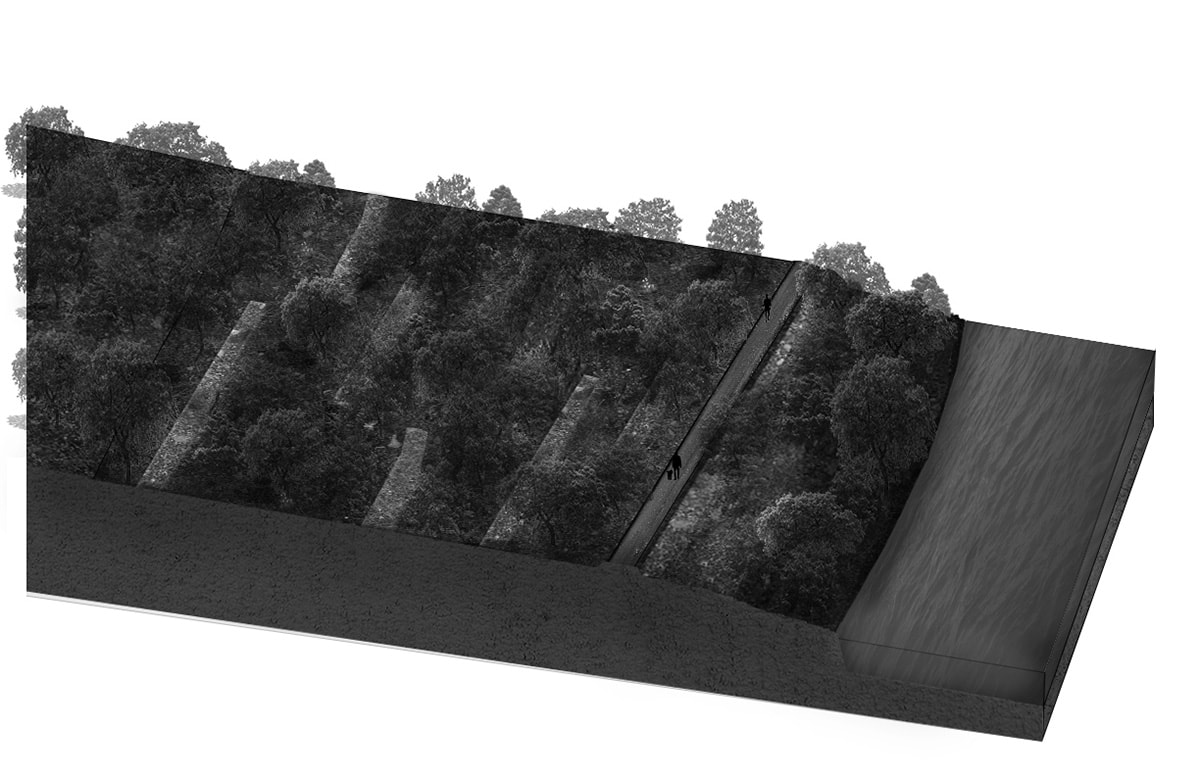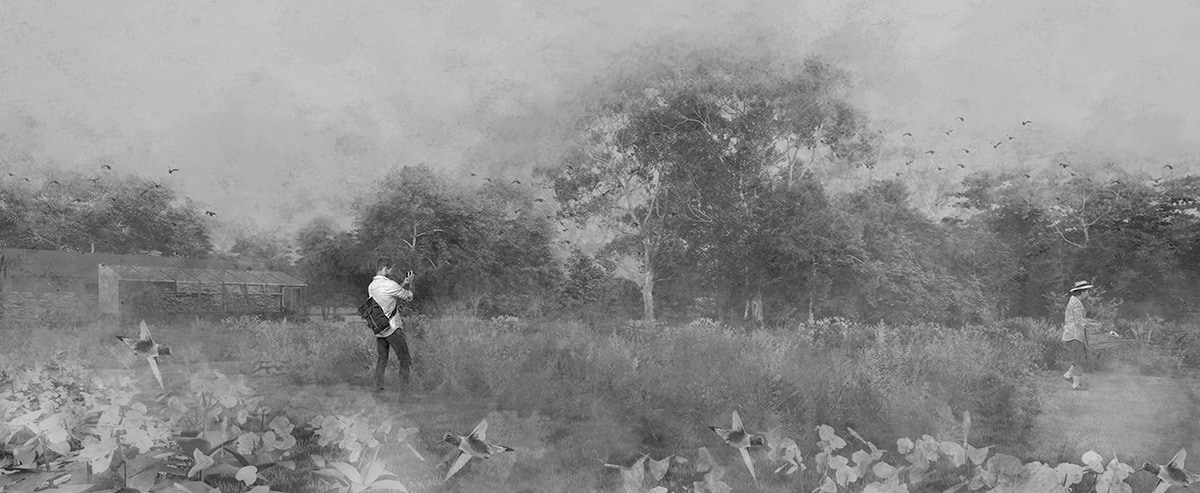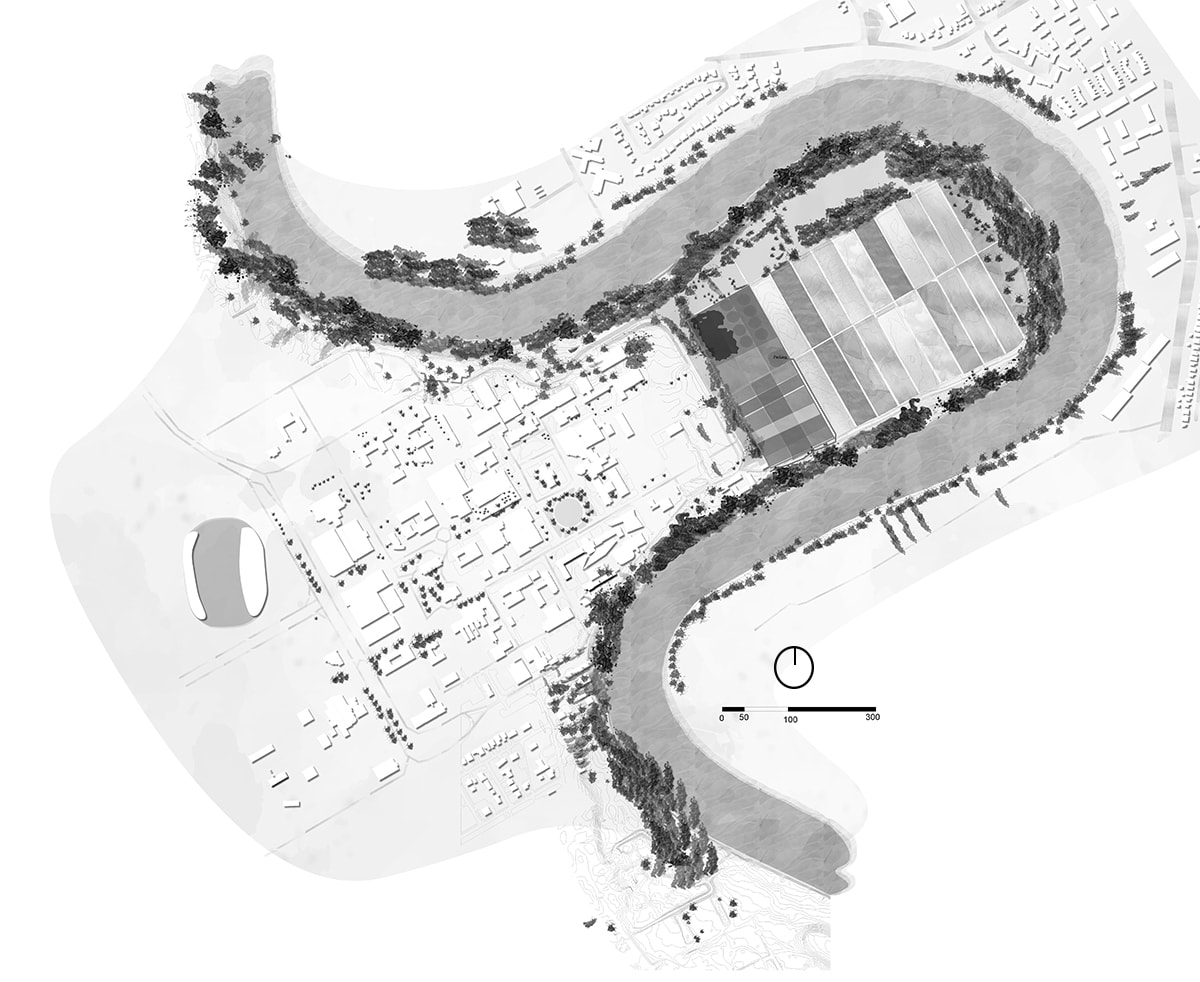Trial Garden
Instructor: Dietmar Straub
EVLU 3008
Year 3 Environmental Design
Landscape + Urbanism Design Studio
Trial gardens are an infrastructure for testing and evaluating plants. Many trial gardens are maintained by large plant breeding companies with the support of commercial nurseries. The focus in these gardens is on comparing and testing plants for the market.
There are gardens operated by universities, botanical gardens and/or private citizens. Some of these trial gardens are more than just fields for comparing and testing plant species and/or plant genera for the market. They are part of an educational infrastructure and accessible to the public. All citizens are invited to experience the fascinating plant diversity, the colors, textures, fragrances, and to listen to the humming of the bees, the sounds of the birds and the silence of the butterflies. The public can enjoy the ecology and the beauty of these gardens and many people might find inspirations for their own backyards.
Wouldn’t it be exciting if ‘we’ could maintain such a garden on the Fort Garry Campus at the University of Manitoba? A good learning place where teachers, students and butterflies could come together to research, teach, learn, play, sweat, …. a setting in which all the senses and even the soul is stimulated in a pleasureful and creative way.
Jack Ahn
Transect
The Transect trial garden allows researchers explore the Point Lands’ various conditions in order to expand their understanding and knowledge of plants. The garden provides many research fields for various types of plants with the core of the site being the South Garden. The hedge plants around the South Garden help define a clear boundary between the open land and the trial garden. From the University of Manitoba’s campus, one can walk, bike, or drive to the garden with the gravel yard providing parking for vehicles and bikes. However, it is only open to researchers, teachers, and students for learning and exploring experiences.
Adrianna Anastacio
Reclaiming the Riparian
Adrianna Anastacio is an avid food lover who enjoys cooking, baking, and going out to eat. Her love for food began when she started travelling with her family at a young age. She is always looking for her next adventure, and is excited to see where landscape architecture will take her!
The project, named Reclaiming the Riparian, aims to invite the river as a co-designer onto the site, and test trees under fluviant conditions. Instead of treating water as a major threat, the plan welcomes water onto the site. The proposed ecological framework will adapt to the site’s conditions over time. Extending the riparian forest will help clean and improve the overall water quality, while providing a refuge for animal species. The site design is divided into three sections: waving meadows, understory fields, and extended riparian forest, which range from wet to dry conditions.
Arjay Asuncion
Forests’ – Escape
The Forests’ – Escape is located at the “Point” Field Research Laboratory at University of Manitoba campus. The point field is about 42.8-hectare tract of land, and the Escape is about 7 hectares located on an oxbow of the Red River. Agronomy, plant breeding, horticulture, physiology, and plant pathology research are all conducted at the Point. In the Escape, the intention is to create a different microclimate using the existing condition and planting a diverse range of plants and trees from hardiness zones of 3 and 4. The field has a complete line of small plot field research equipment. Crop handling, drying, and seed storage, greenhouse, composting area and pavilion are all located in the area. The Escape field is home to a variety of trees, including oaks, pines, and birch, poplar, maples most notably, willows. These trees are enclosing the plains and broad fields in such a dramatic way. Also, ensuring and providing a set of ecological habits for birds and other species.
Simranpreet Kaur
Titli
Titli (a Hindi word that translates to ‘Butterfly’) is a trial garden proposed at the West end of Point Lands at University of Manitoba. The design is majorly divided into three sections, one for Tree canopy (Orchard and Forest Research), open fields for various research (agronomical, commercial and plantation) and the middle section that will be holding all the different facilities as greenhouses, pavilions, and parking spots under tree canopies. The placement inspires from a gynandromorph butterfly having distinct wings (tree canopy + open fields) and a body (facilities).




